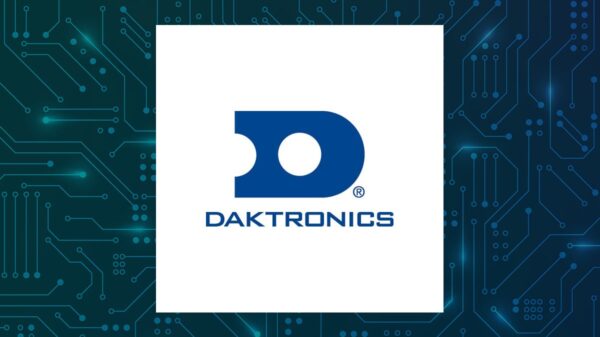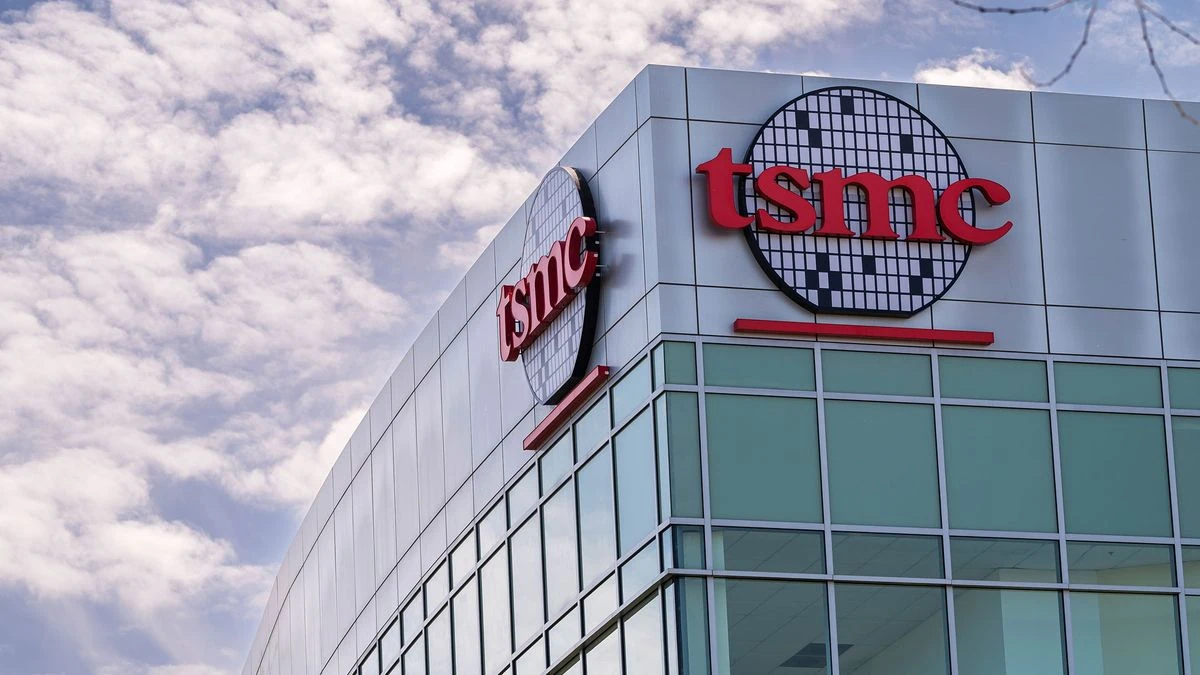Demand for semiconductor chips manufactured using TSMC’s 3nm and 5nm processes is set to reach unprecedented levels as the industry prepares for the introduction of 2nm technology in 2026. Despite the anticipated shift, current production lines remain crucial, with reports indicating that TSMC’s 3nm and 5nm facilities are projected to be fully booked by next year.
According to industry insights from Ctee, capacity utilization for both the 3nm and 5nm nodes is expected to hit an impressive 100% in the first half of 2026. Major technology players, including Apple, Qualcomm, NVIDIA, and AMD, have reportedly secured significant production allocations, resulting in a backlog of orders that extends well into the next year. To meet this overwhelming demand, TSMC is working to triple its 3nm production capacity compared to last year, although experts caution that this may still fall short.
The surge in demand is largely attributed to the growing need for high-performance computing applications and artificial intelligence integration across various devices. Upcoming products, such as Apple’s M5 processors and Qualcomm’s Snapdragon X2 Elite chips, are expected to utilize the 3nm process. Additionally, NVIDIA’s next-generation Rubin GPU family and AMD’s Instinct MI355X AI accelerator are also slated for production on these advanced nodes.
Pricing Concerns Amid Growing Demand
While TSMC’s busy production schedule signals a profitable year for the company, consumers may face rising costs. Reports suggest potential price increases ranging from 5% to 10% for 3nm and 5nm chips, with advanced packaging technologies like CoWoS possibly seeing hikes of 15% to 20%. Given TSMC’s dominant position in the semiconductor market, customers may have limited options but to accept these price adjustments.
As the industry looks ahead, the anticipated transition to 2nm technology is generating excitement. Although Apple plans to leverage the 2nm process for its A20 chips in the upcoming iPhone 18 series, concerns about pricing persist. Initial reports indicate that these new 2nm chips could be up to 50% more expensive than their predecessors, raising questions about affordability.
The Role of 3nm and 5nm in Future Manufacturing
Despite the promised advancements of 2nm technology, it is clear that 3nm and 5nm nodes will continue to play a critical role in semiconductor manufacturing for years to come. Not all devices require the latest 2nm capabilities, and the cost implications mean that 3nm and 5nm technologies will remain viable options for a wide array of products.
As TSMC navigates this dynamic landscape, the demand for its advanced chip manufacturing processes highlights the ongoing significance of innovation in the semiconductor industry. With AI driving new applications and technologies, the company is poised for a busy and transformative year ahead.





































































